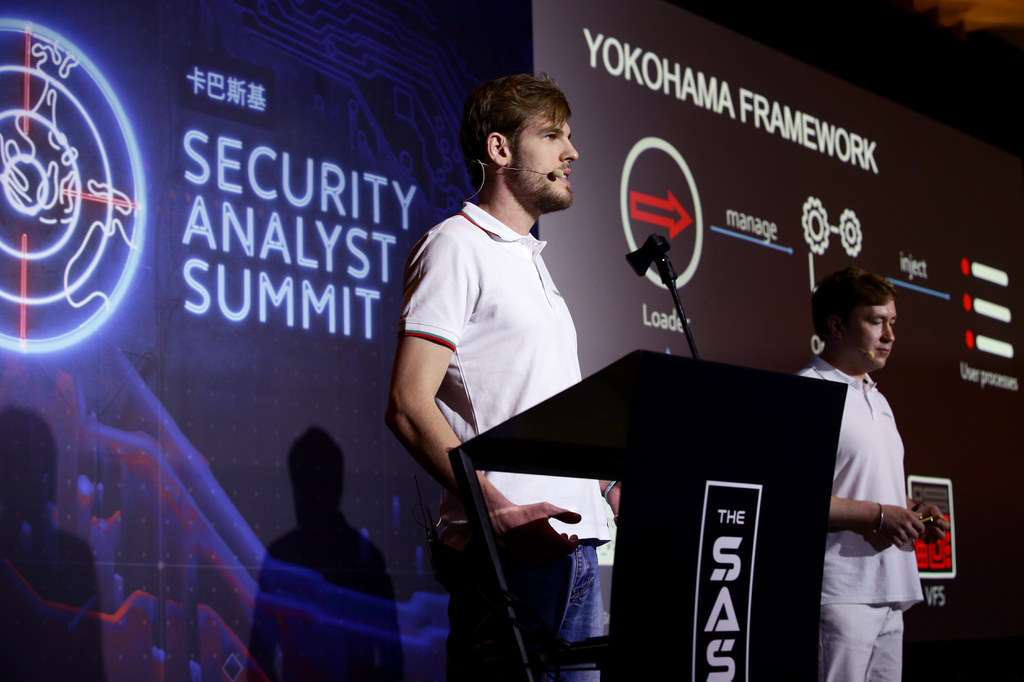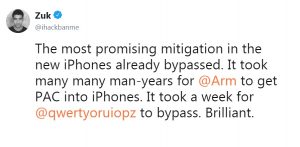November 21, 2019
Cybernews: If Aramco had our Antidrone…; and honeypots to make IoT malware stop!
Hi folks!
Recently there was a Cyber News from the Dark Side item of oh-my-Gulf proportions. You’ll no doubt have heard about it as it was all over the news for days just recently. It was the drone attack on Saudi Aramco that took out millions of barrels of crude per day and caused hundreds of millions of dollars in damage.
Alas, I’m afraid this is only the beginning. Remember those drones bringing Heathrow – or was it Gatwick? – to a standstill a while back? Well this is just a natural progression. There’ll be more, for sure. In Saudi, the Houthis claimed responsibility, but both Saudi and the US blame Iran; Iran denies responsibility. In short – same old saber-rattling in the Middle East. But that’s not what I want to talk about here – that’s geopolitics, which we don’t do, remember? ) No, what I want to talk about is that, as the finger-pointing continues, in the meantime we’ve come up with a solution to stop drone attacks like this one on Aramco. Soooo, ladies and gents, I hereby introduce to the world… our new Antidrone!
So how does it work?
The device works out the coordinates of a moving object, a neural network determines whether it’s a drone, and if it is, blocks the connection between it and its remote controller. As a result the drone either returns back to where it was launched, or it lands below where it is up in the sky when intercepted. The system can be stationary, or mobile – e.g., for installation on a motor vehicle.
The main focus of our antidrone is protection of critically important infrastructure, airports, industrial objects, and other property. The Saudi Aramco incident highlighted how urgently necessary such technology is in preventing similar cases, and it’s only going to become more so: in 2018 the world market for drones was estimated at $14 billion; by 2024 it’s forecast to be $43 billion!
Clearly the market for protection against maliciously-minded drones is going to grow too – fast. However, at the moment, our Antidrone is the only one on the Russian market that can detect objects by video using neural networks, and the first in the world to use laser scanning for tracking down the location of drones.

















